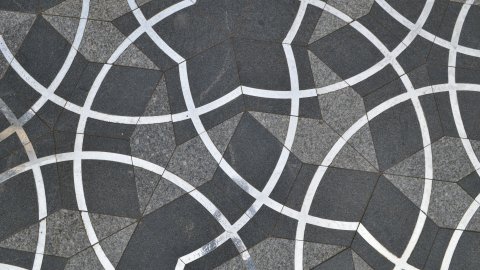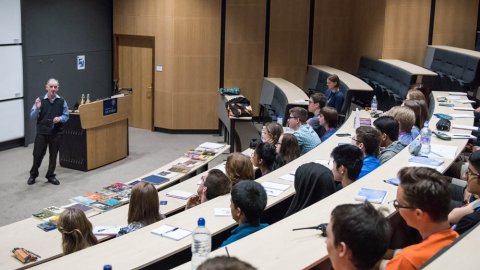Even a tiny cosmological constant casts a long shadow
Abstract
Over 50 years ago, Bondi, Sachs, Newman, Penrose and others laid down foundations for the theory of gravitational waves in full non-linear general relativity. In particular, numerical simulations of binary mergers used in the recent discovery of gravitational waves are based on this theory. However, over the last 2-3 decades, observations have also revealed that the universe is accelerating in a manner consistent with the presence of a positive cosmological constant $\Lambda$. Surprisingly, it turns out that even the basic notions of the prevailing theory of gravitational waves --the Bondi news, the radiation field, the Bondi-Sachs 4-momentum-- do not easily generalize to this context, {\it no matter how small $\Lambda$ is.} Even in the weak field limit, it took a hundred years to find an appropriate generalization of Einstein's celebrated quadrupole formula to accommodate a positive cosmological constant. I will summarize the main issues and then sketch the current state of the art.




